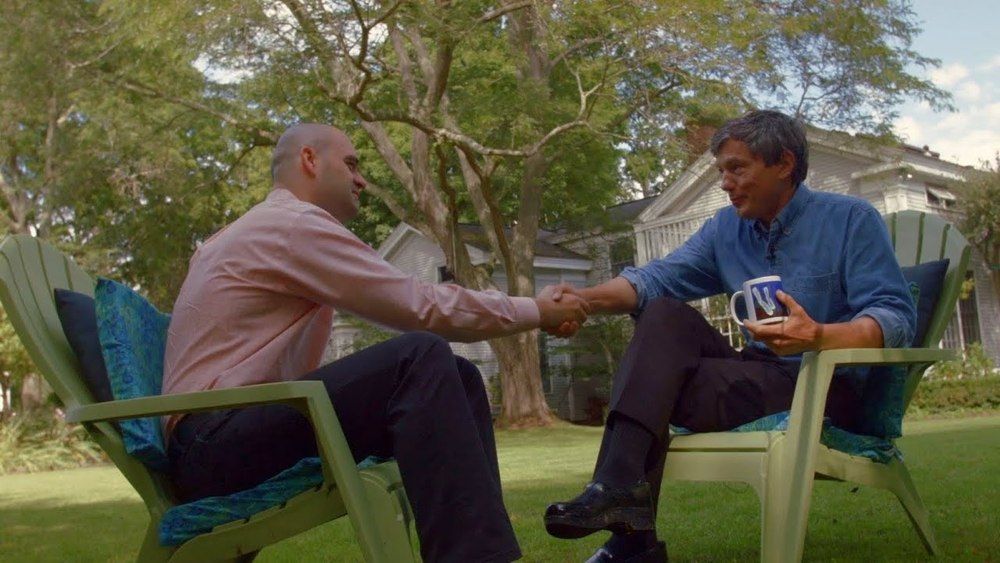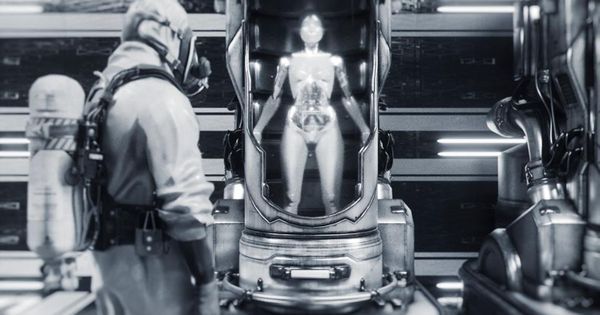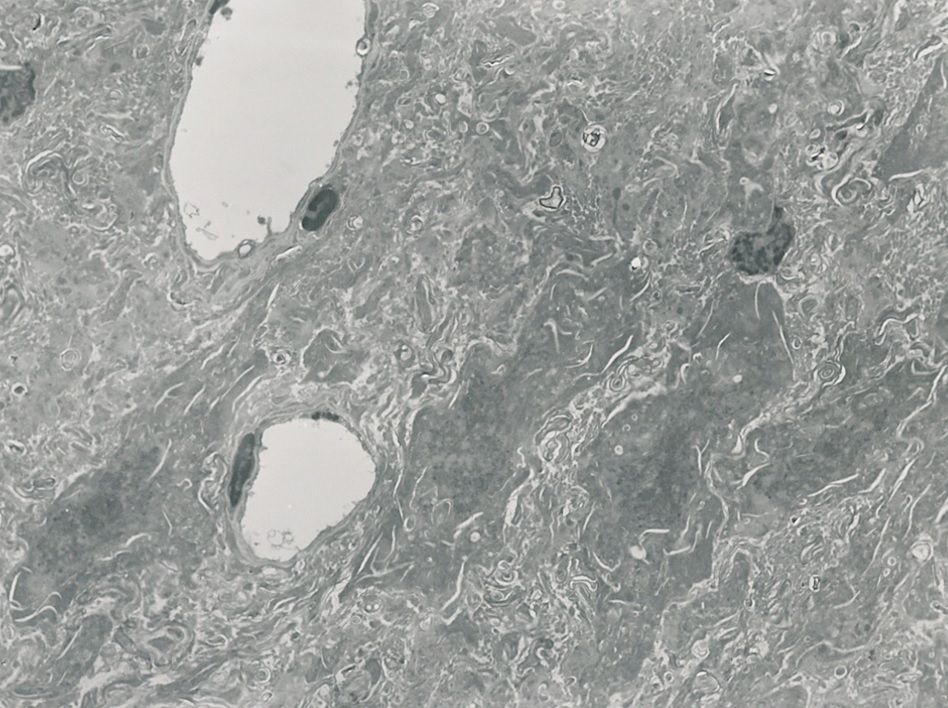An excellent interview. Fossel and Aubrey de Grey of the SENS Foundation are in disagreement about telomerase.
https://www.singularityweblog.com/michael-fossel/
Michael Fossel‘s dream is to reverse human aging and since 1996 he has been a strong and vocal advocate of experimenting with telomerase therapy as a potential way of intervention in a wide variety of medical conditions related to aging. In addition, Fossel is one of those unique people who are a real pleasure to not only see speaking from the stage but also to meet in person. And having done both of these, I can honestly say that Michael is as much an impassioned expert speaker as he is a compassionate human being. Not only that but he is also a generous host, who loves entertaining guests visiting his fabulous house near Rapid Falls, Michigan and I have to admit I had tons of fun socializing with him both in front and behind camera. So, all in all, it was a lot of fun meeting and interviewing Dr. Fossel for my Singularity 1 on 1 podcast.
During our 1 hour discussion with Michael we cover a variety of interesting topics such as: his dream to reverse aging and the desirability and feasibility thereof; the Hayflick limit of cell division and Aubrey de Grey’s concerns that telomerase therapy may cause cancer; the distinction between reversing aging and living forever; his “non-sexy” tips on healthy living; his take on cryonics and transhumanism…
My favorite quotes that I will take away from this interview with Michael Fossel are:
“Ageing is dynamic, not static”
“Never mind the low-hanging fruit. […] Go for the important one!”
“The reason to do this [reverse aging] is not to double somebody’s lifespan. The reason to do this is because people out there are hurting. They are frightened. They are terrified by the things that happen to them when they get disease. The reason to do this is because we are human and we should be working at this. It’s not playing God, it is working at being human. It’s compassion. It’s not a matter of living longer, it is a matter of making people healthy again.”









